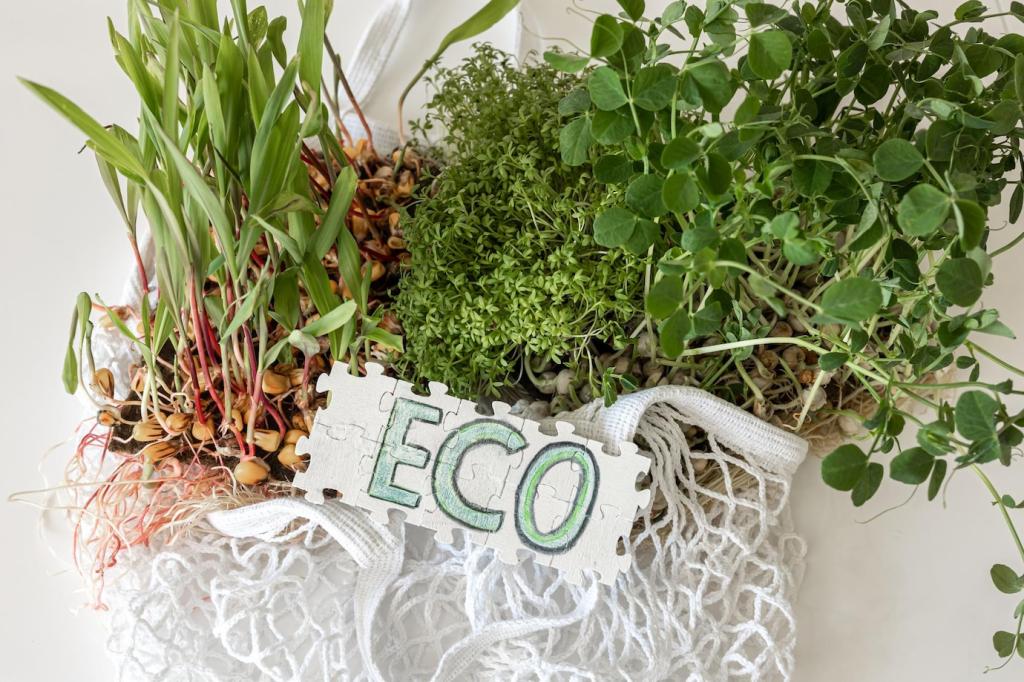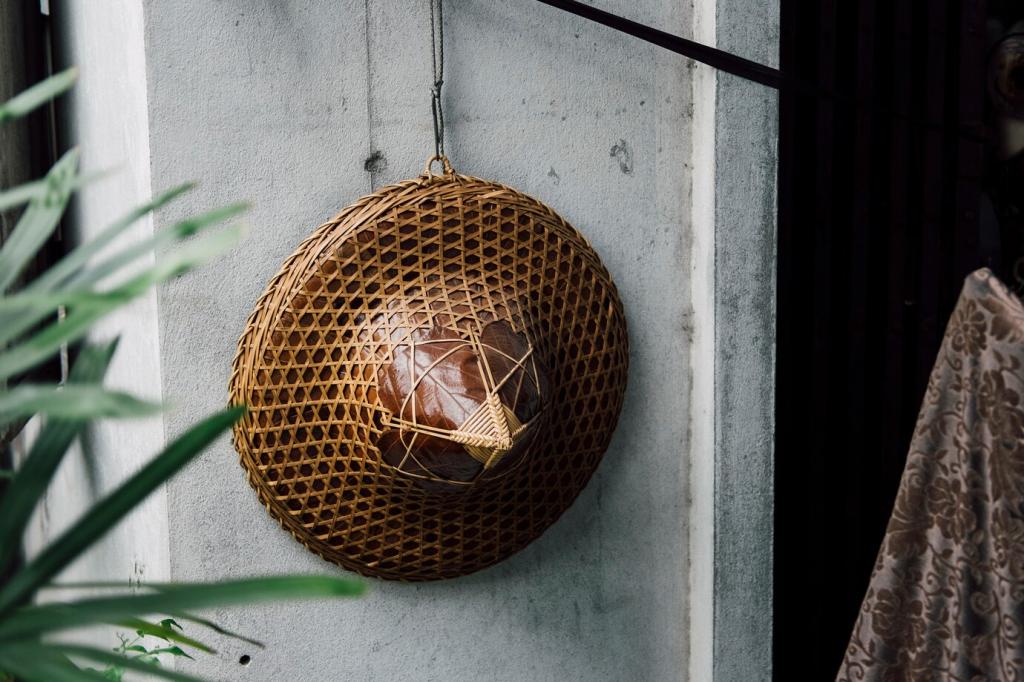Project Ideas: Useful, Beautiful, and Earth-Ready
Blend scrap paper with water, stir in untreated native seeds, then couch and press. Print messages with plant-based inks. Recipients plant the whole card, turning celebration into pollinator habitat. Share germination photos and local seed suggestions.
Project Ideas: Useful, Beautiful, and Earth-Ready
Layer large leaves or corn husks with starch paste in a simple bowl mold. Dry slowly to prevent warping, then finish with a thin beeswax rub. Perfect for decorative storage. Compost when worn, and record decomposition timelines for comparison.






